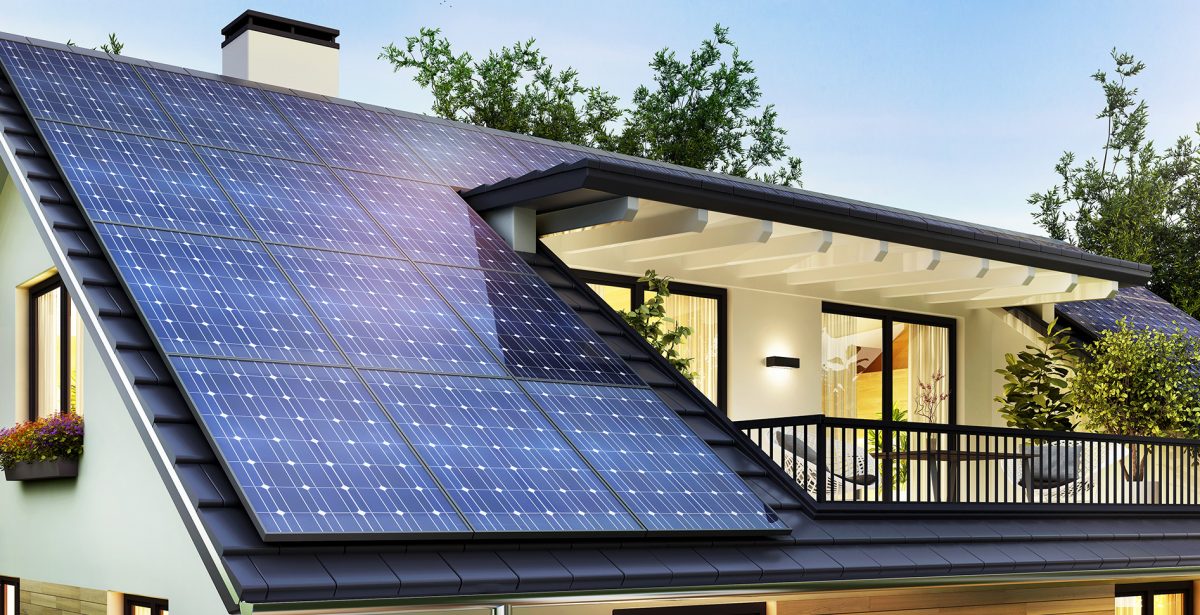
Solar power has become more popular for businesses and households in recent years, and this rising popularity is poised to grow even further in the coming years. However, despite the numerous advantages of this renewable energy source, its greatest flaw is that solar panels can only generate electricity when the sun is shining.
Peak energy consumption for most households comes in the evenings when solar power generation is low or eliminated altogether, leading to a supply-demand problem. This is where solar storage comes into play. Many advancements have been made in solar storage technology in recent years, making it possible to store surplus solar energy when the sun isn’t out. Circle L Solar in Fort Worth, Texas, is here to go into the most promising solar energy storage solutions and how they can transform how we power our businesses and homes.
Solar Energy and Battery Storage
Solar batteries store the surplus energy solar panels generate when the sun is up, for use during cloudy and rainy days, or when the sun sets. A solar battery can make a world of difference in the efficiency of your solar system. Various chemical reactions take place inside solar batteries to store the extra solar energy as potential electricity.
The main types of batteries used to store solar energy include lead-acid, nickel-cadmium, lithium-ion, and flow batteries. The following are the top advantages of pairing your solar system with battery storage:
- Grid independence
- You are guaranteed a backup power source during sudden power outages.
- Solar batteries help you leverage the full benefits of your solar system.
- You will save a lot of money on electricity bills because you can use the stored energy during peak hours.
- Solar batteries can be a good solution if you want to go completely off-grid.
Net Metering Energy Storage
Net metering is an innovative solar energy storage solution that allows you to sell the surplus solar energy your panels generate to your local electric grid. Under this utility billing mechanism, the extra power produced by your solar system is credited back to you. If your home is net-metered, you may notice the electric meter running backward. This means, depending on your local net metering regulations, you may receive a credit against the electricity you consume from the grid when it’s cloudy or during the night.
Here are the main advantages of net metering:
- You can save hundreds of dollars on your annual utility bills.
- Net metering offers value for surplus energy without purchasing expensive storage systems.
- The mechanism allows you to be more conscious of your household’s energy consumption, reducing wastage.
Why People Are Making the Switch to Solar
In the last few decades, solar energy has become a powerful and sustainable solution to meet the increasing global energy needs. Homeowners and businesses are adopting solar energy for different reasons, from environmental reasons to financial advantages.
Benefits of Solar Energy
Here are the top reasons people are switching to solar energy:
- Reduced electric bill. Many households switch to solar to lower their utility bills. While purchasing and installing the panels may be expensive, the long-term savings outweigh the initial investment.
- Renewable energy source. Going solar can help you combat the impacts of climate change by reducing your carbon footprint.
- Financial incentives and tax benefits. Investing in solar power has never been more affordable, thanks to state and federal government incentives. For example, the Solar Investment Tax Credit offers a 30% tax credit on the cost of installing solar panels.
- Energy independence. Installing solar panels assures you of a continuous power supply during power disruptions or outages caused by unexpected events such as natural disasters.
- Increased home value. Installing solar panels can raise your home’s value.
Make the Switch to Solar with the Experts
The sun provides a limitless supply of clean energy, but tapping it can be challenging. More and more people are discovering the power of battery storage in their households to pair with their solar panel systems. Battery storage gives you independence from the grid by offering a continuous power supply in the event of blackouts and outages.
At Circle L Solar, we aspire to help Texas homeowners lower their energy consumption and cost by adopting eco-friendly solutions. If you have a solar system and want to add a battery, we’ve got you covered.
Contact us today to find out which options work best for you.
Image Credit: anatoliy_gleb / Shutterstock


